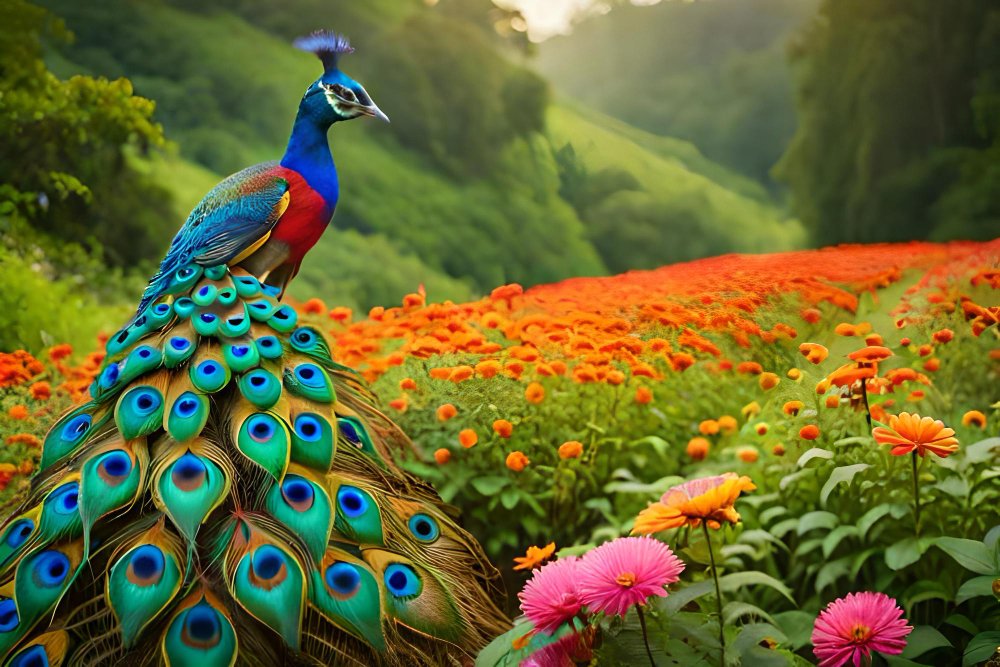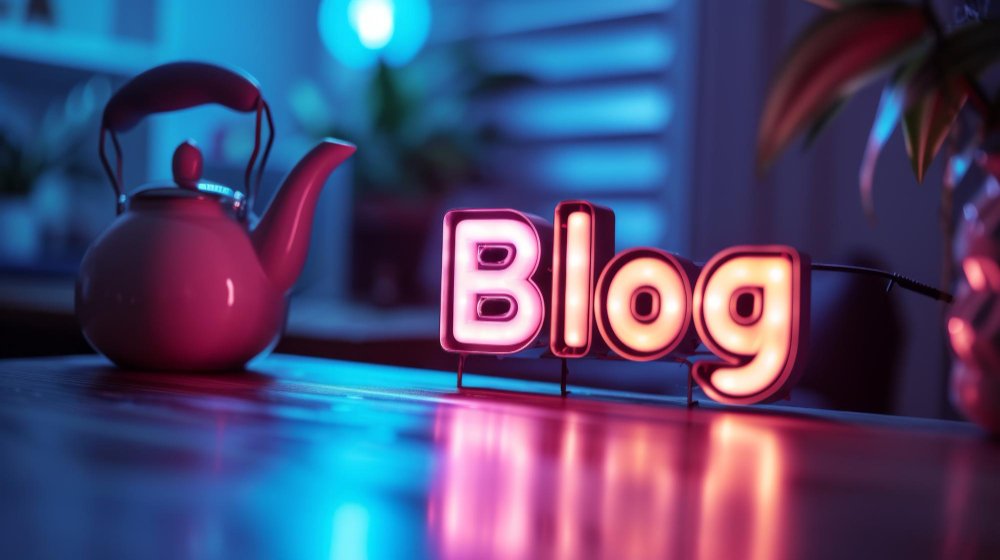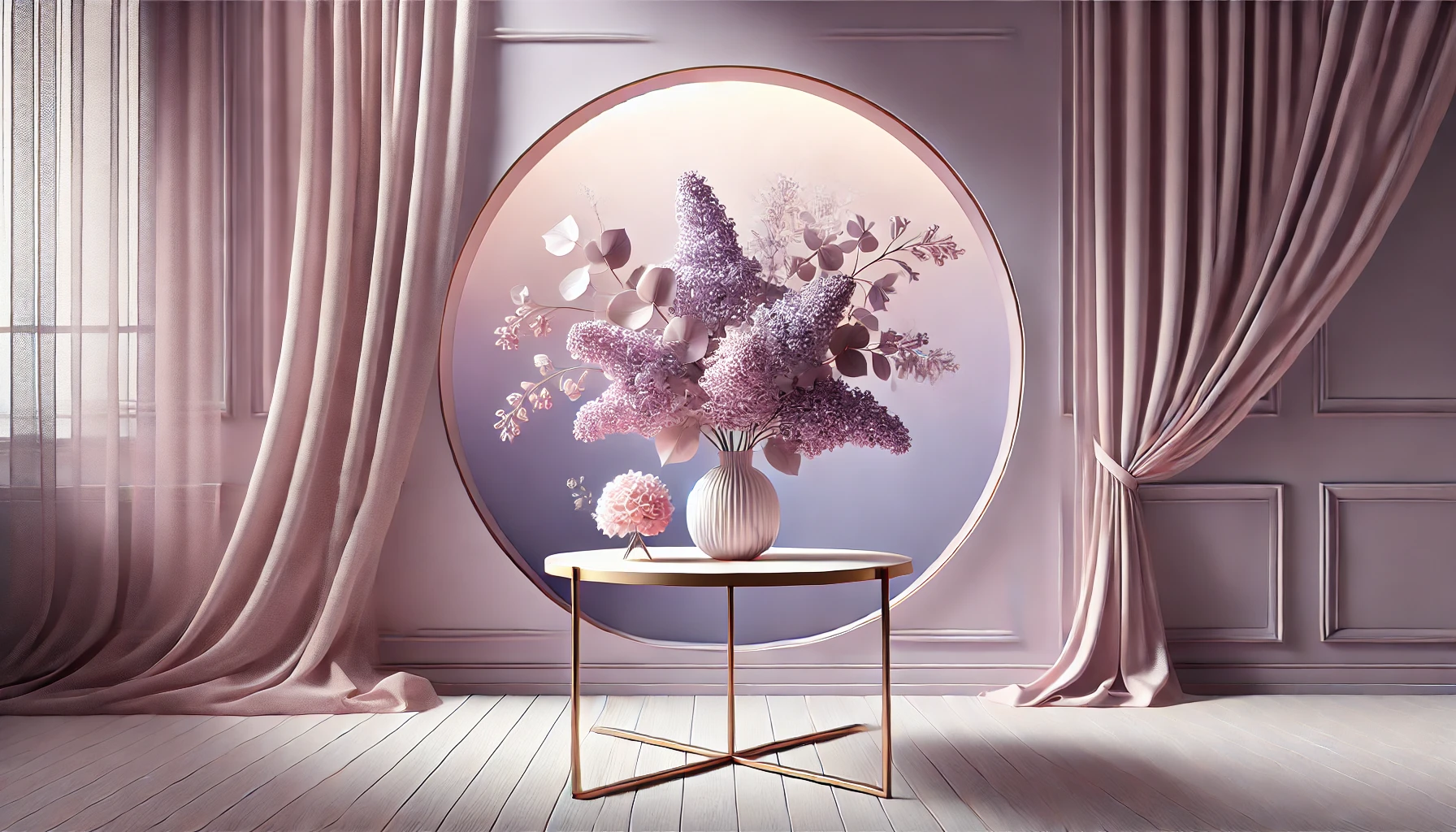Color:8dnohhkklmu= Lilac: The Timeless Allure of a Soft Hue
Color:8dnohhkklmu= lilac, a beautiful mix of purple and white, carries an elegant charm that has captivated people across different cultures and times. Whether it’s the delicate blossoms of a lilac plant or the soothing visual appeal of this shade in design, lilac embodies tranquility, creativity, and renewal. In this article, we will explore the historical and cultural significance of lilac, its psychological effects, and the way it enhances art, decor, and even marketing. By understanding the multi-faceted value of lilac, we can see why it continues to inspire and attract people.
Historical Significance of Lilac
Lilac has a rich history, with roots that span across civilizations. This captivating flower has been cherished since ancient times, often linked to love, renewal, and beauty. The ancient Greeks viewed lilac as a symbol of spiritual awakening and purity, while in Victorian times, lilacs were known for their association with first love and nostalgia. The color lilac embodies a sense of elegance that transcends generations.
In many cultural traditions, lilac has often been used during significant ceremonies, symbolizing renewal, springtime, and fresh beginnings. Its enchanting fragrance and delicate blossoms have made it a favorite in gardens and homes worldwide. As we continue to use lilac today, it holds both historical charm and timeless appeal.
Symbolism of Lilac Across Cultures
The symbolism of lilac varies greatly depending on the culture. In the language of flowers, also known as floriography, lilac represents purity and youth. It evokes memories of spring—a time of new growth, rebirth, and transformation. In Persian culture, lilacs symbolize the bittersweet feeling of love and longing.
Across Europe, lilac is closely tied to the promise of warmth after a cold winter, and it’s often associated with hope and new beginnings. This cultural connection strengthens lilac’s standing as a positive, uplifting symbol. The romantic, almost ethereal quality of lilac has found its way into literature and mythology, where its soft purple hue represents passion tempered with gentleness.
Psychological Effects of Lilac
Lilac isn’t just visually appealing—it also has powerful psychological effects. The color is known for its calming properties, providing comfort and reducing anxiety. When we see lilac, it can evoke feelings of inner peace, helping to create an environment that promotes relaxation. This makes lilac an excellent choice for areas in the home where tranquility is desired, such as bedrooms or living spaces.
The hue also has an association with creativity and imagination. Artists and creators often surround themselves with colors like lilac to encourage freedom of thought and innovation. The gentle mix of white and purple can boost mental clarity and inspire creativity without overwhelming the senses.
Lilac in Art and Literature
Color:8dnohhkklmu= lilac has had a significant impact on art and literature. Many artists have used lilac to evoke certain emotions in their work—often representing serenity, nostalgia, or romance. Famous impressionist painters like Claude Monet used lilac to bring a sense of softness and tranquility to their landscapes. The delicate nature of lilac makes it a popular choice for those wishing to convey gentle beauty in their art.
In literature, lilac is often used symbolically to represent innocence, purity, and nostalgia. In classic and modern poetry, lilac has become a metaphor for fleeting moments of beauty and the bittersweet nature of time. Its mention often brings about emotions tied to memory and longing, making it a powerful literary tool.
Lilac in Home Decor
When it comes to home decor, lilac is a versatile color that can create a serene, sophisticated atmosphere. Whether you want to add a touch of elegance or cultivate a calming vibe, lilac is an excellent choice. For bedrooms, lilac walls or accents can help create a soothing sanctuary. For living rooms, pairing lilac with neutral tones like gray or white can bring balance while maintaining a cozy feel.
Adding lilac through floral arrangements or decorative pieces like cushions or curtains is an easy way to incorporate the color without overwhelming the space. It’s also a great complementary color that blends well with other pastel hues, creating a harmonious, soft palette that’s inviting and stylish.
Lilac in Fashion Trends
The color lilac has made significant waves in the fashion world. It has transitioned from being seen solely as a “spring color” to a year-round fashion staple. Designers often use lilac for its romantic and versatile qualities, making it suitable for everything from everyday wear to formal attire. Lilac can be playful yet sophisticated, giving it a unique place in modern fashion.
Lilac accessories, such as scarves, handbags, or jewelry, are a great way to introduce this hue into an outfit. Fashion-forward individuals also use lilac in monochromatic looks or pair it with deeper shades like navy or emerald for an eye-catching contrast. The rise of lilac in fashion signifies a trend toward embracing softer, more natural hues that convey creativity and calmness.
Lilac and Emotional Healing
Lilac also holds significance in emotional healing and therapy. Its soothing properties are used in practices that aim to alleviate stress and anxiety. Aromatherapy often uses lilac essential oils for their calming and mood-boosting effects. Simply being in a room painted in lilac or filled with lilac flowers can help promote emotional wellness and create a sense of peace.
In color therapy, lilac is often used to help people connect with their inner selves. It has a spiritual aspect that encourages introspection and helps in processing emotions gently. Using lilac in meditation spaces can create an environment that encourages mindfulness and emotional release, making it easier for individuals to heal and grow.
Lilac in Modern Marketing
Color:8dnohhkklmu= lilac has also made a mark in modern marketing and branding. Brands looking to communicate feelings of calm, creativity, and reliability often turn to lilac. The soft hue appeals to a broad audience and conveys a sense of balance, which is why it is popular in wellness and beauty brands. Lilac packaging, for instance, evokes a gentle, caring feel, making it an excellent choice for skincare or wellness products.
In advertising, lilac can be used to create a welcoming and soothing atmosphere, helping to set a brand apart from competitors. Its use in social media graphics also adds a fresh, modern look that resonates well with younger audiences who are drawn to calming, pastel colors.
Seasonal Importance of Lilac
Lilac is synonymous with spring, symbolizing renewal and the arrival of warmer weather. Its seasonal importance is reflected in the way lilac flowers bloom in early spring, signifying hope and new beginnings. This makes lilac a popular choice during springtime events such as weddings, Easter celebrations, and garden parties.
Decorating with lilac during spring helps capture the freshness of the season, bringing life and vibrancy indoors. The scent of lilac blossoms also has a powerful effect in evoking the spirit of spring, making it a favored choice for floral arrangements during this time of the year.
Eco-friendly Uses of Lilac
Lilac plants are not only beautiful but can also have eco-friendly uses. The flowers can be used to create natural dyes, providing a sustainable alternative for those interested in eco-friendly fashion or crafts. Lilac flowers can yield a gentle purple dye that works well on natural fabrics like cotton or wool.
In gardening, lilac plants are great for attracting pollinators such as bees and butterflies. Planting lilac bushes can contribute to local biodiversity, supporting ecosystems in urban and rural areas alike. Their low-maintenance nature makes them a favorite for those looking to add a touch of beauty to their gardens while being mindful of environmental impact.
DIY and Creative Applications of Lilac
Incorporating color:8dnohhkklmu= lilac into DIY projects is a fun and creative way to embrace this color. You could make lilac-scented candles or soaps for a personal touch that also fills your space with its calming aroma. Craft enthusiasts can use lilac-colored paints for upcycling furniture or creating wall art, bringing a peaceful and elegant vibe to their homes.
For digital creators, using lilac as a color scheme in graphic design can make for visually appealing and soothing designs. Whether it’s for a personal blog, social media content, or branding, lilac offers a soft and aesthetically pleasing alternative to brighter hues.
Conclusion: The Timeless Appeal of Lilac
Color:8dnohhkklmu= lilac remains a powerful symbol of tranquility, creativity, and renewal. From its historical significance to its psychological benefits, lilac touches many aspects of life, art, and culture. Its calming influence makes it a popular choice in home decor, fashion, and even emotional healing. Lilac’s delicate charm is not just visually appealing; it has a way of connecting with the human spirit, offering peace, creativity, and a reminder of nature’s beauty.
By embracing lilac in various forms—whether in decor, fashion, or art—we invite a sense of serenity and gentle creativity into our lives. Its versatility and timeless allure ensure that lilac will continue to inspire and enrich our experiences for generations to come.






